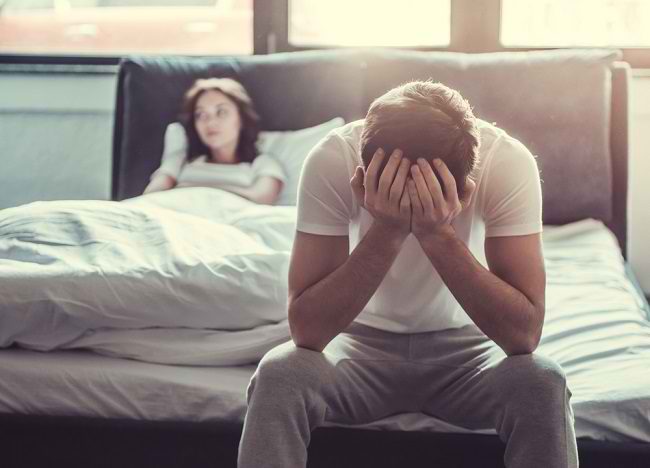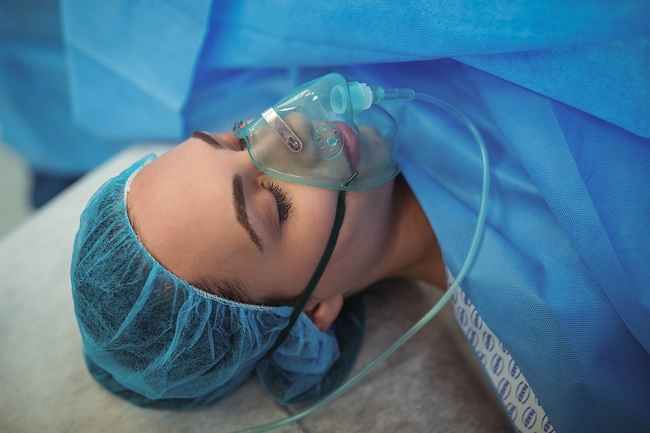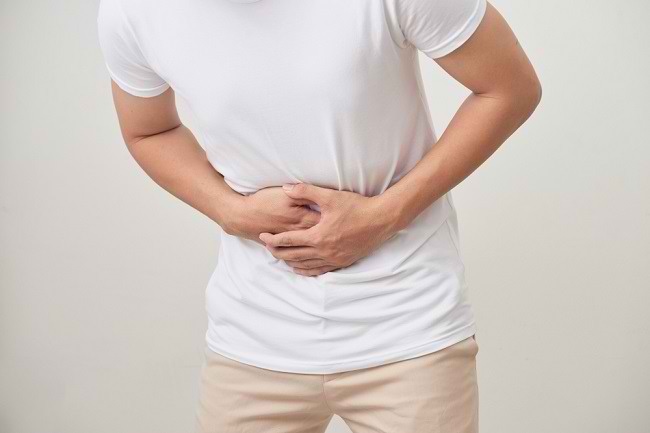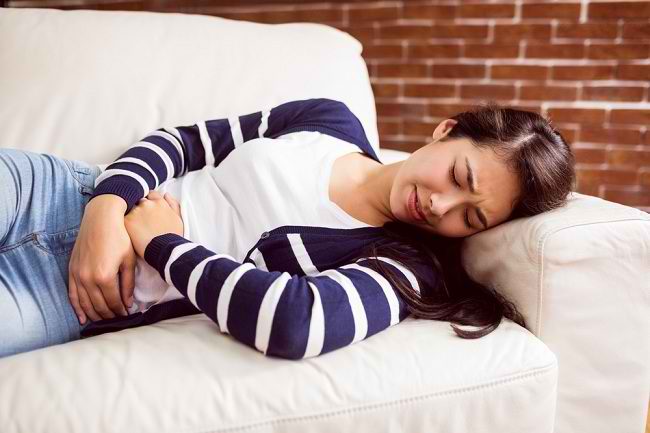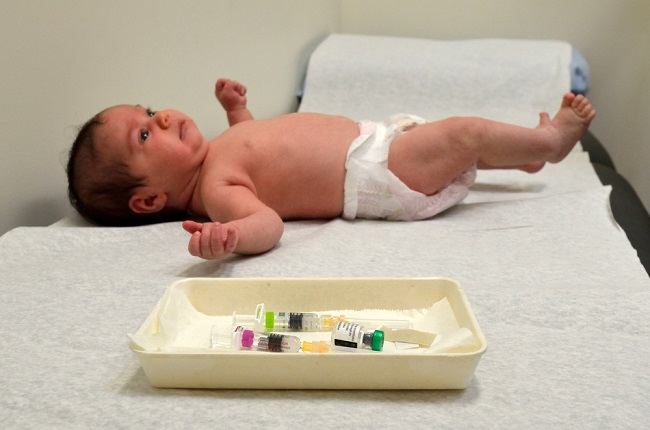Estradiol is a drug to treat menopausal symptoms and prevent happening osteoporosis in women at the time menopause. This medicine can also be used in the treatmenthormonal disorders and certain types of cancer.
Entering menopause, the body produces less and less of the hormone estrogen. This condition causes various complaints, such as vaginal dryness, vaginal irritation, vaginal atrophy, feeling hot or hot, to decreased sex drive.

Estradiol is a synthetic estrogen that functions to replace natural estrogen in the body whose amount is decreased or insufficient due to certain conditions. By using this drug, it is hoped that symptoms due to decreased estrogen levels, for example after menopause, will subside.
Estradiol trademark: Angeliq, Andalan FE, Cyclofem, Cyclogynon, Cyclo Prothyra, Diane 35, Elzsa, Gestin, Mikrodiol, Microgynon, Novadiol, Oestrogel, Planak, Planotab, Progynova, Qlaira, Synfonia, Yasmin
What is Estradiol
| group | Prescription drugs |
| Category | Estrogen hormone preparations |
| Benefit | Relieves menopausal symptoms, prevents osteoporosis in postmenopausal women, and is sometimes used in the treatment of hypogonadism, prostate cancer, or breast cancer. |
| Used by | Mature |
| Estradiol for pregnant and lactating women | Category X: Studies in experimental animals and humans have demonstrated fetal abnormalities or a risk to the fetus. Drugs in this category should not be used by women who are or may become pregnant. Estradiol can be absorbed into breast milk. If you are breastfeeding, do not use this medicine without consulting your doctor first. |
| Drug form | Film-coated tablets, sugar-coated tablets, gels, injections. |
Precautions Before Using Estradiol
Estradiol should not be used carelessly. There are several things that must be considered before using this drug, including:
- Do not use estradiol if you are allergic to this drug. Always tell your doctor about any allergies you have.
- Tell your doctor if you have or have ever had unexplained vaginal bleeding, breast cancer, ovarian cancer, stroke, heart disease, heart attack, liver disease, kidney disease, migraine, blood clotting disorder, angioedema, angina, hypertension, diabetes, thyroid disease, fibroids, endometriosis, or porphyria.
- Do not smoke while on treatment with estradiol because it has the potential to increase the risk of developing hypertension, stroke, or heart attack later in life.
- Tell your doctor if you are planning or have recently had surgery, or if you have to sit or lie down for a long time, as these conditions can increase the risk of blood clots.
- Tell your doctor if you are taking certain medications, supplements, or herbal products.
- Tell your doctor if you are pregnant, planning a pregnancy, or breastfeeding.
- Avoid exposure to direct sunlight and use sunscreen if you want to leave the house during the day, while undergoing treatment with estradiol.
- Call your doctor immediately if you have an allergic reaction or overdose after taking estradiol.
Dosage and Instructions for Use of Estradiol
The following is the dose of estradiol for adult patients based on the form of the drug and its intended use:
Estradiol tablets
- Purpose: Treat menopausal symptoms, menopausal atrophic vaginitis, and estrogen-deficient conditions (such as hypogonadism or primary ovarian failure)
The dose is 1-2 mg per day, according to need. Take this drug with a cycle of 3 weeks taking the drug and 1 week not, repeatedly.
- Purpose: Prevention of postmenopausal osteoporosis
The dose is 2 mg per day, with a cycle of 3 weeks taking the drug and 1 week not, repeatedly.
- Purpose: Palliative care (relieve complaints) advanced prostate cancer
The dose is 1-2 mg, 3 times a day.
- Purpose: Advanced breast cancer palliative care
The dose is 10 mg, 3 times a day, taken for 3 months.
Estradiol injection through the muscle (intramuscularly)
- Purpose: Treats symptoms of menopause, vaginal atrophy, and atrophic vaginitis
Estradiol valerate: 10–20 mg, every 4 weeks for mild to moderate symptoms.
Estradiol cypionate: 1–5 mg, every 3–4 weeks for severe symptoms.
- Purpose: Treating hypogonadism
Estradiol cypionate: 1.5–2 mg, once a month.
- Purpose: Palliative care for advanced prostate cancer
Estradiol valerate: 30 mg, every 1–2 wk.
Topical or topical estradiol in the form of a gel
- Purpose: Treats symptoms of menopause, vaginal atrophy, and atrophic vaginitis
A gel containing 0.25 or 1 mg of estradiol is applied thinly on the right or left groin, once in the morning, to treat mild to moderate symptoms.
How to Use Estradiol Correctly
Follow the doctor's advice and read the information listed on the drug packaging label before using estradiol. Do not stop, increase or decrease the dose without consulting your doctor first.
For those of you who are prescribed estradiol oral tablet (drink), swallow the tablet whole with a glass of water. Do not split, crush, crush or chew the medicine as this may increase the risk of side effects. Estradiol tablets can be taken with or without food.
For those of you who are prescribed estradiol in the form of a gel, please wash your hands before and after using this medicine. Do not apply estradiol gel on the breast or on the skin that has an open wound.
Make sure the applied medicine is dry before putting on clothes. Avoid contact with eyes. In case of contact with eyes, rinse immediately with water, or see a doctor if the eye still feels sore and hot.
For injectable estradiol, administration must be carried out by a doctor or medical officer under the supervision of a doctor.
Try to take estradiol at the same time every day for maximum treatment results. If you forget to use this medicine, it is recommended to do it immediately if the interval with the next schedule of use is not too close. If it is close, ignore it and do not double the dose.
Store estradiol in a tightly closed package at room temperature. Do not store it in a humid place or in direct sunlight. Keep out of reach of children.
Estradiol Interactions with Other Drugs
The use of estradiol together with other drugs can cause the following drug interactions:
- Reduced effectiveness of estradiol when used with carbamazepine, phenobarbital, or rifampicin
- Increases the effect of estradiol which may increase the risk of side effects when used with fluconazole, clarithromycin, or diltiazem
- Inhibits the absorption of folic acid
Side Effects and Dangers of Estradiol
Some of the possible side effects after taking estradiol are:
- Nauseous
- Throw up
- Bloated
- Diarrhea
- Headache
- Weight change
- Melasma (dark patches on the face)
Check with your doctor if the side effects above don't go away or get worse. See your doctor immediately if you have an allergic reaction to the drug or a more serious side effect, such as:
- Depression
- Breasts are swollen and sensitive to touch
- Unnatural vaginal bleeding
- Amenorrhea
- Fever
- Smelly discharge accompanied by vaginal itching and irritation
- Dark urine
- Swelling in both legs
- Yellowing of the skin and eyes (jaundice)
- Chest pain
- Headaches that are severe and appear suddenly
- Weak on one side of the body
- Dazed or confused
- Vomiting blood
- Visual disturbances that appear suddenly
- Faint

